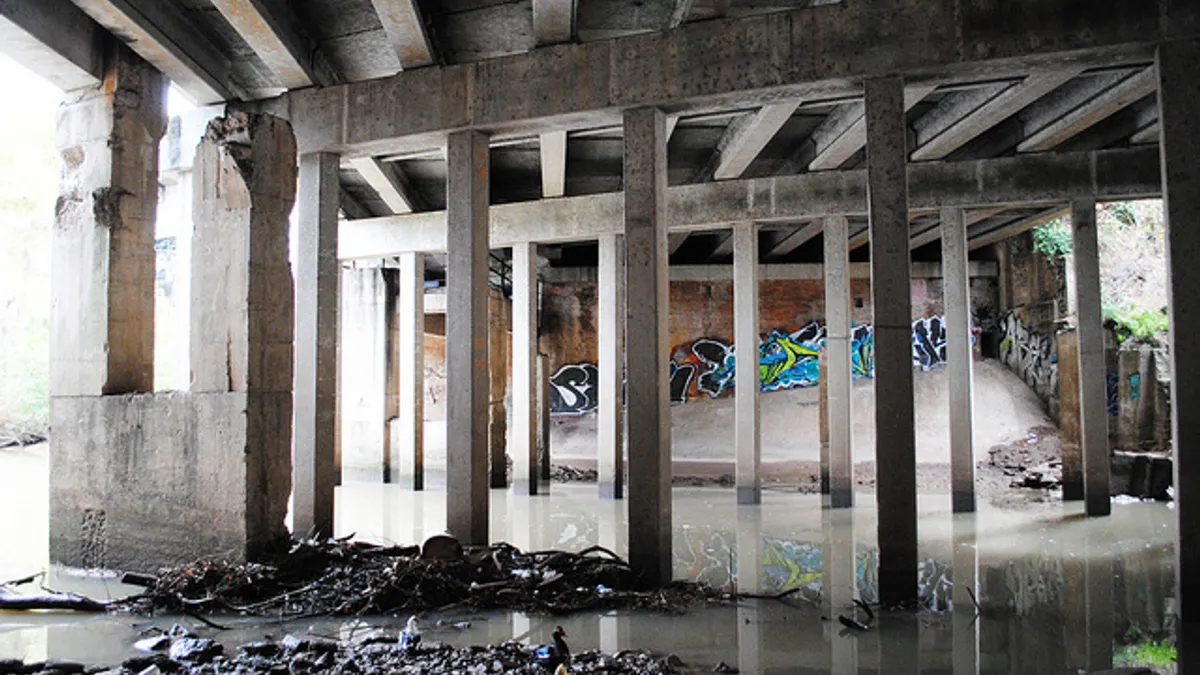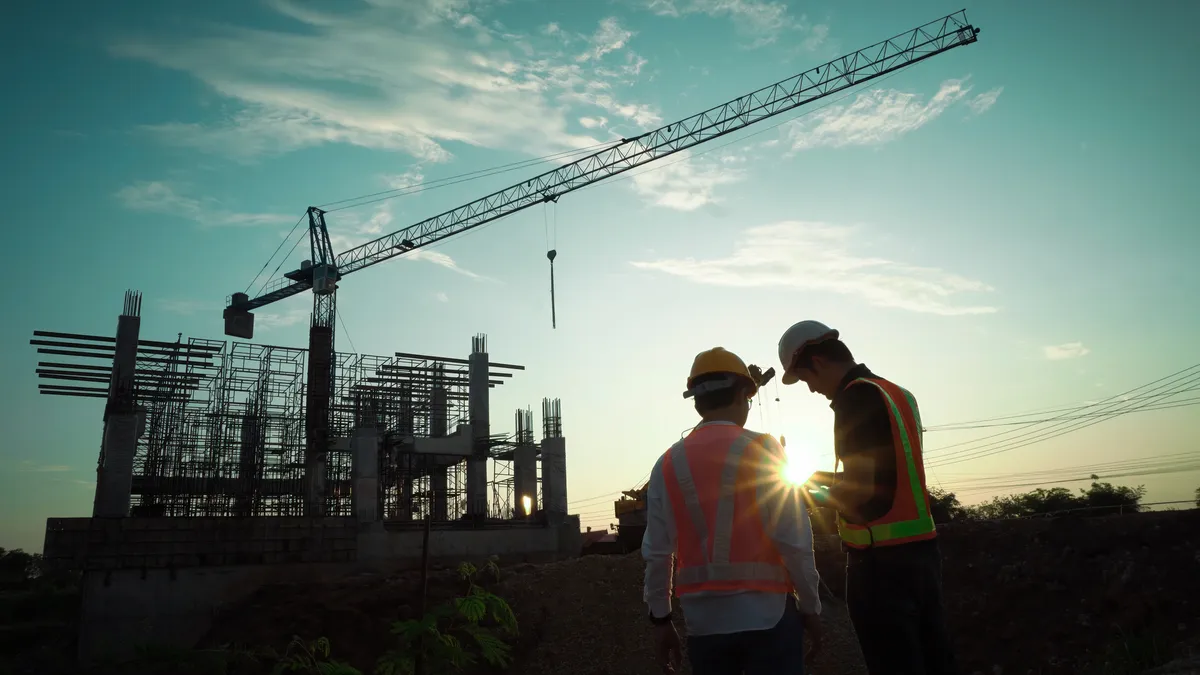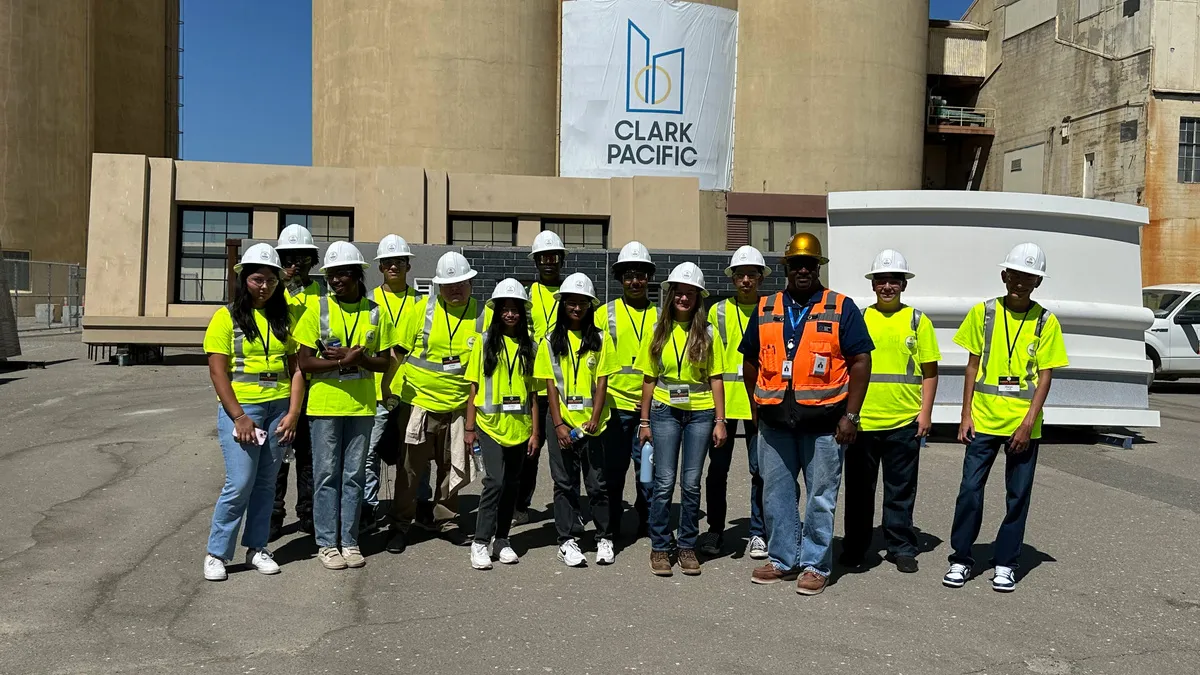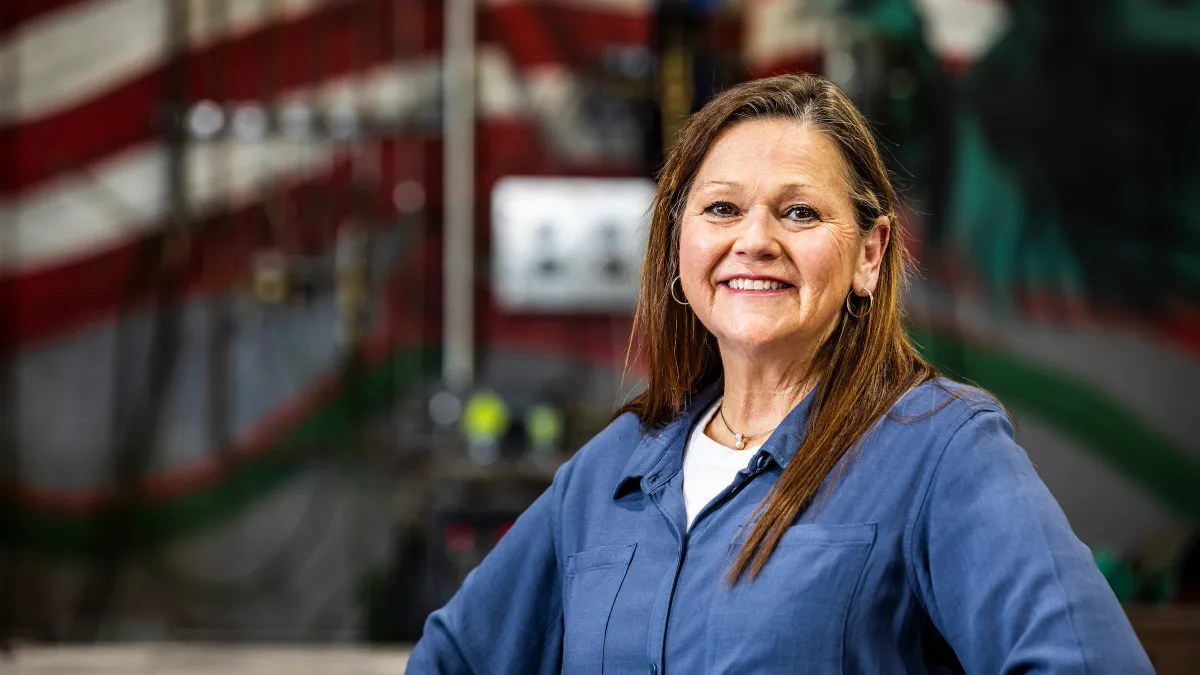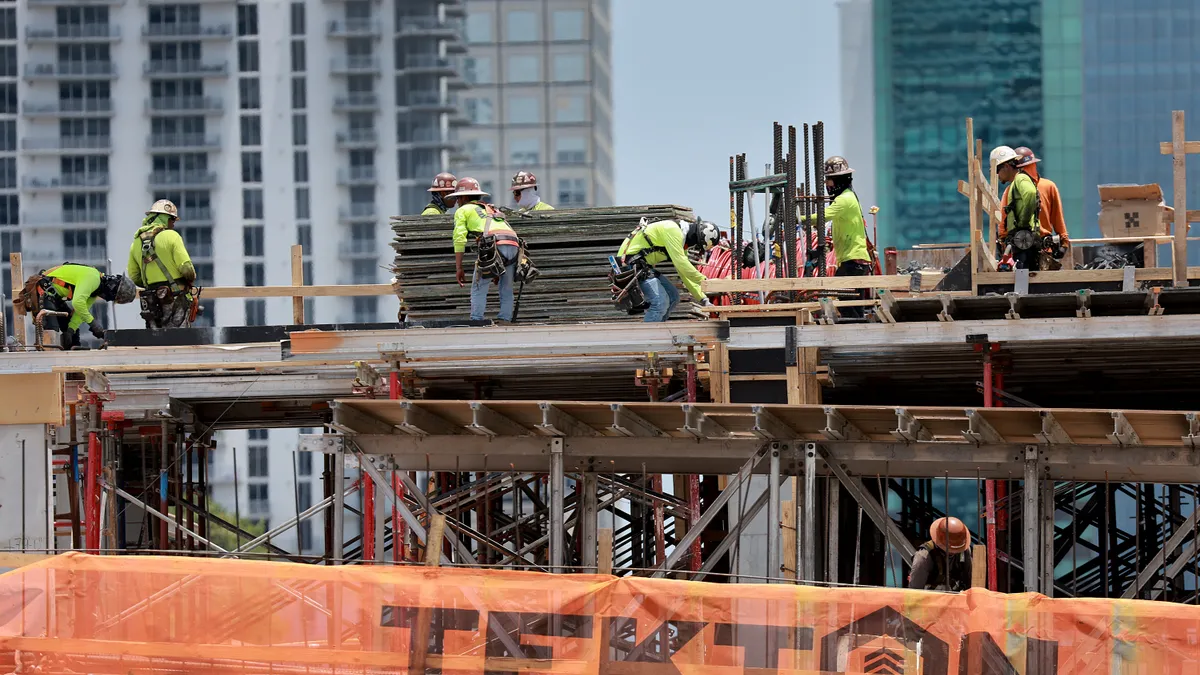Concrete has always been in indicator of "civilization." Since its invention in the 19th century, humans have used concrete not only to tame nature but, in many cases, to pave right over it. As a result, the hard-wearing material can be found nearly everywhere there are people.
In many instances, the applications entail serious volumes of the material. Builders of the new $5.4 billion Panama Canal expansion, completed just this summer, erected two concrete plants on either side of the project just to meet the estimated 5.7 million cubic yards necessary for a new, wider shipping lane — about 1.3 million more cubic yards than contractors used when constructing the original canal. However, China is the country that has taken a serious liking to concrete. According to the U.S. Geological Survey, China used as much concrete between 2011 and 2013 as America did throughout the entire 20th Century.
Environmentalists, however, have been speaking out against the concrete industry with complaints that concrete, among other things, contributes to the heat island effect and results in increased water runoff during storms, leading to soil erosion and flooding. The biggest beef with concrete, though, is the massive amount of CO2 emissions created during production.
Experts share their opinions of whether the long-term impact of concrete should be a concern, and what's next for the standby building material.
Inside the material — and its impact
Cement — one of concrete's four ingredients along with water, sand and aggregate — is most responsible for the material's environmental impact. Cement makes up approximately 10% of an average concrete mix, but 80% of the environmental impact comes from cement production, according to Jeremy Gregory, executive director of the Concrete Sustainability Hub at the Massachusetts Institute of Technology. Cement's primary ingredient is limestone, which needs to be heated to an extremely high temperature during the cement production process.
"The rule of thumb is that there is 1 kilogram of CO2 associated with making 1 kilogram of cement," Gregory said. "But the damage doesn't stop at CO2 emissions." Half of the environmental story comes from CO2 emissions, but the other half concerns the energy it takes to get to the necessary high temperatures, he noted.
And there are ways to make those numbers more environmentally friendly. Heather J. Brown, director and professor of the School of Concrete and Construction Management at Middle Tennessee State University, said some producers are attempting to offset cement's high electric and coal-fired consumption with other, bio-based sources. "Globally, plants are using anywhere from 5% to 20% alternative fuels, which is a step in the right direction," she said.
New methods to reduce CO2 emissions
Calera, a company that has figured out how to collect 50% of the CO2 emissions from the cement-production process and use it to produce a new type of cement, is among the innovators in the effort to improve the material's environmental impact. "The conversation should be that for every ton of cement produced, there is a ton of CO2 produced, which can then be processed for 2 tons of Calera cement per day," Brown said.
To reduce both CO2 emissions and energy use, Gregory said more cement manufacturers are using waste products rather than coal to power the process. In addition, some manufacturers are replacing some of the limestone in the cement mix with supplementary cementitious materials (SCMs), like the fly ash produced from burning coal and unheated limestone. "Anything you can do to reduce the amount of heated limestone in the production of cement" will reduce CO2 emissions, he said. Process improvements, though, aren't taking place just on the cement side.
"There's a similar effort to try to make (concrete) with less cement," Gregory said. Here, SCMs also pop up in the conversation. The same alternative materials that can supplement limestone in the production of cement can also be used in concrete to reduce the amount of cement required in that mix as well, but these methods are not without their challenges.
Because these mixes sometimes take longer to set and can affect strength and durability, competing interests must be weighed when deciding whether to use them. "How long are you willing to wait until concrete is hard enough to use it in whatever fashion you're interested in using it in?" Gregory said.
Another concern with these new mixes is that, unlike traditional concrete and cement, they haven't been in use long enough to establish their long-term strength and durability. A known issue with using SCMs is that, in combination with certain types of aggregate, there is an alkali-silica reaction (ASR) that can eat away at the concrete, causing it to break down and crumble over time.
Additional considerations for the material
So what about the other issues with concrete, such as the heat island effect or concrete as a solid waste? Critics say the heat capacity and thermal conductivity of materials like concrete and asphalt allow for the absorption of more solar heat, leading to higher temperatures — which is not necessarily a positive in cities where the climate is already warm to begin with.
For concrete as solid waste, Brown said recycling is the key. "Construction and demolition waste in the U.S. is approximately 135 million tons annually," she said. "Recyclable materials can be recycled at the end of their useful life as a building, pavement or other structure, reducing the amount of material that is landfilled and reducing the need for virgin materials in new construction."
Brown and Gregory also said concrete plays a critical role in protecting people and property during natural disasters. Concrete's durability and strength has the potential to reduce loss of life and limit the need for repairs post-event. Gregory said it takes a little more money to ensure that a building can withstand all types of natural disasters over the course of its life, but there are fewer costs in the long run in the way of rebuilding.
What's next for concrete?
Times are changing, and the industry is making efforts to reduce dependency on traditional cement, Brown said. For example, she said the new World Trade Center used 72% non-cement products during construction, which saved 1.77 million gallons of gasoline for cement production and delivery.
While Gregory acknowledges that there is room for improvement in the concrete and cement production processes, when it comes to sustainability, he said materials like concrete need to be judged on their performance over the entire building lifecycle. "Even materials that have a high production burden can have a low environmental impact if they enable energy efficiency and durability," he said.


